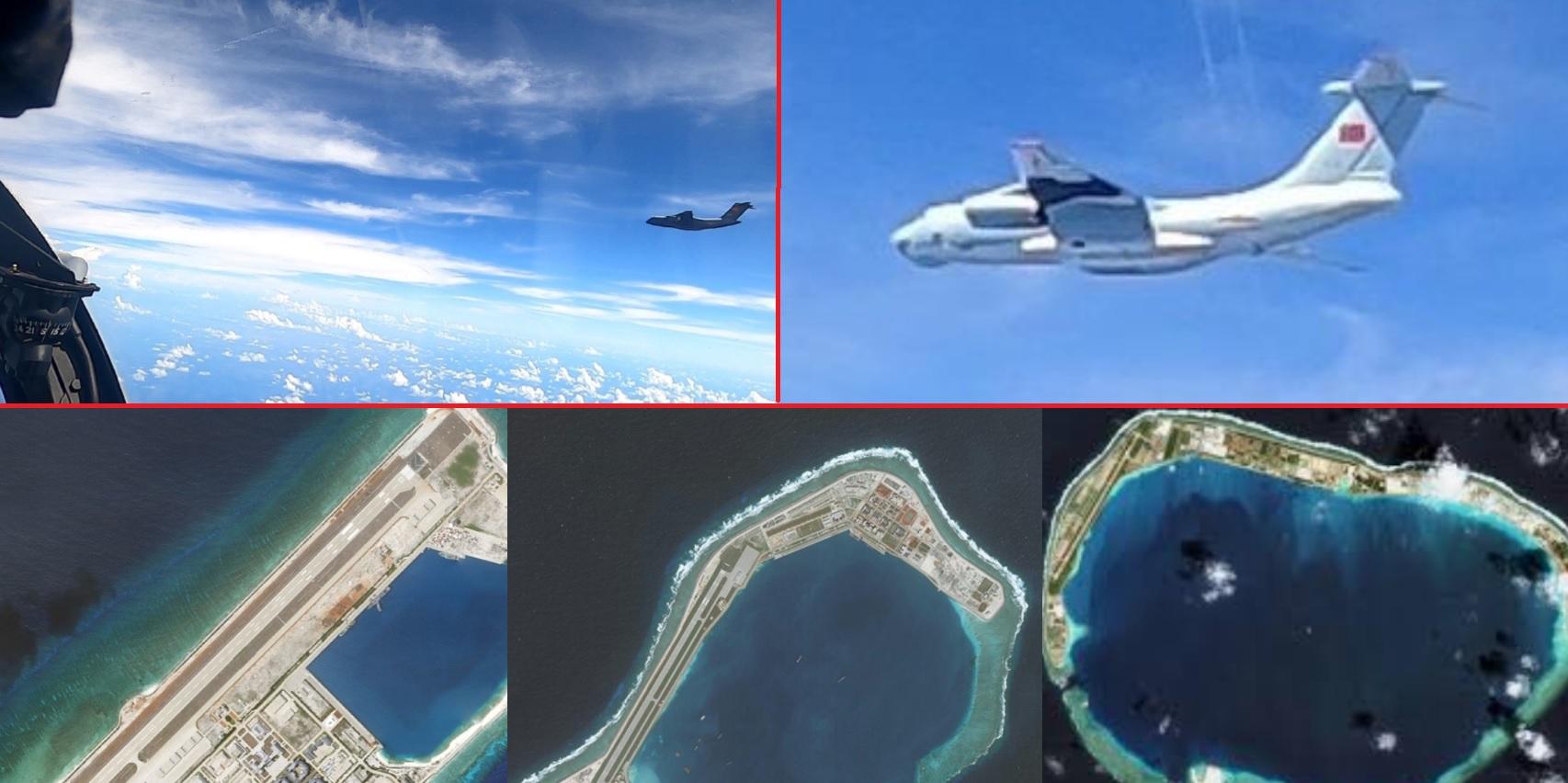Chinese military flights near Malaysia, ‘routine training’ or ‘routine warning’?
A new oil exploration by Petronas may be among the factors behind the latest turmoil.
Just In
An incident involving more than a dozen Chinese aircraft which flew close to Malaysian territory this week appears more like a “routine warning” from Beijing to its foes in the region than a routine training, only this time with a key US military asset and a recently discovered Malaysian oil venture as the target, an investigation by MalaysiaNow can reveal.
This came as the US military continued its Fonop programme, the acronym for the so-called Freedom of Navigation Operation where the US would make its presence felt to challenge any territorial claims on international oceans and airspace.
The US Navy’s nuclear-armed super-carrier USS Ronald Reagan has been involved in Fonop in the South China Sea, in a bid to undermine China’s hegemonic ambitions in the region.
The US presence has been largely welcome by the littoral states though this has not been explicitly expressed.
Islands and strategic maritime reefs in the Spratly have been the subject of dispute by six claimant countries: Taiwan, Vietnam, the Philippines, Malaysia, Brunei, and China which dwarfs the others both in size and firepower, and has been flexing its muscles by taking control of several reefs to convert them into launchpads.
The potential of fishing stock as well as what is believed to be a huge deposit of crude oil and hydrocarbons have further fuelled the conflict, potentially making the South China Sea the world’s most dangerous flashpoint after the Persian Gulf.
Malaysia has largely avoided direct confrontation with China unlike its more vocal Asean neighbours the Philippines and Indonesia.
MalaysiaNow understands that over the years, Chinese military activities in the disputed waters have created massive counter-military and counter-intelligence activities by its adversaries which include Malaysia.
At the centre of the findings are three small rocky islands that have been converted into “military fortresses” for China, equipped with fighter aircraft shelters, air defence radars and communication systems as well as surface-to-air and surface-to-surface missiles.
The three man-made islands are known as the Fiery Cross Reef, the Subi Reef and the Mischief Reef.
But of even more concern is the matter of oil exploration activities in the South China Sea.
As far back as 2019, tensions had been building between China and Malaysia after a drillship contracted by Petronas started oil and gas exploration near Malaysia’s 200-nautical-mile exclusive economic zone or EEZ.
These turned into a stand-off in April last year with Chinese survey ships reportedly harassing the vessel.
This took place in an area within China’s U-shaped “nine-dash line”, which marks Beijing’s sweeping claim of ownership over most of the South China Sea.
The Asia Maritime Transparency Initiative, which gives regular updates on maritime security, said in a report last year that the incident involving Petronas’ oil exploration was neither the first nor the last.
It warned that governments and commercial operators from countries in the region “will have to come to grips” with the likelihood that any new oil exploration in the South China Sea without China’s consent “will probably face the same level of high-risk intimidation”.
Malaysia cannot afford such intimidation, which is why it has now given a strong signal to prevent any power vacuum in the South China Sea.
The intimidating presence of the 16 Chinese aircraft was all that Malaysia needed to send such a message.
Subscribe to our newsletter
To be updated with all the latest news and analyses daily.
